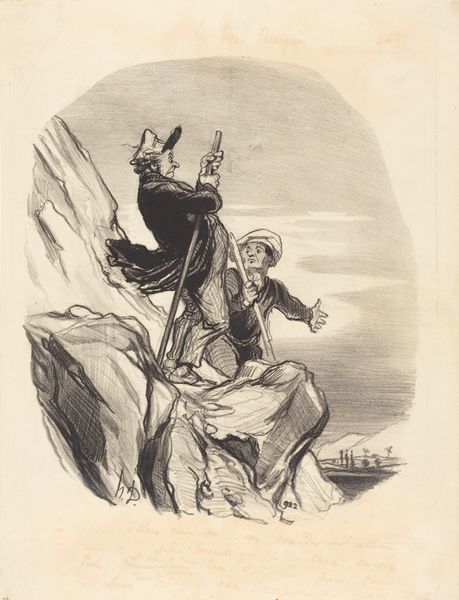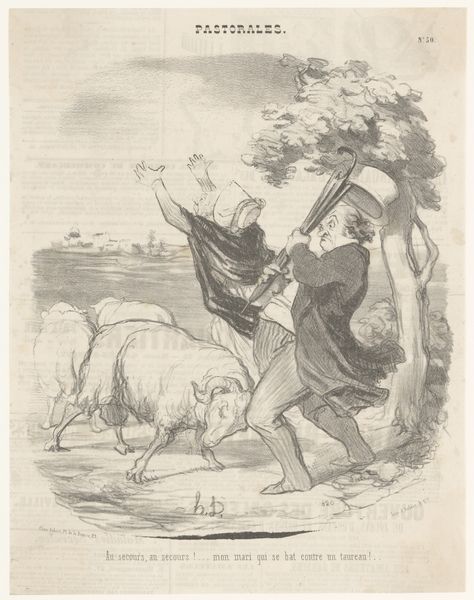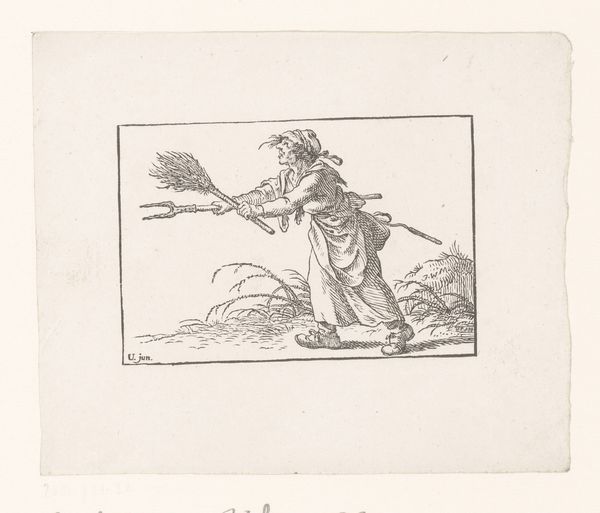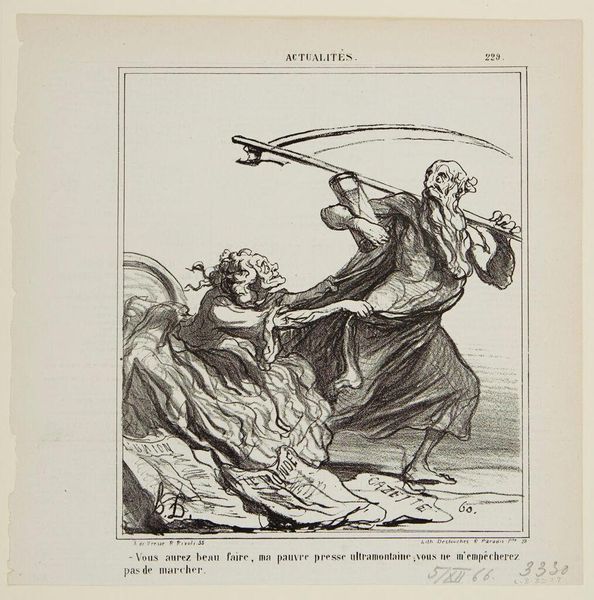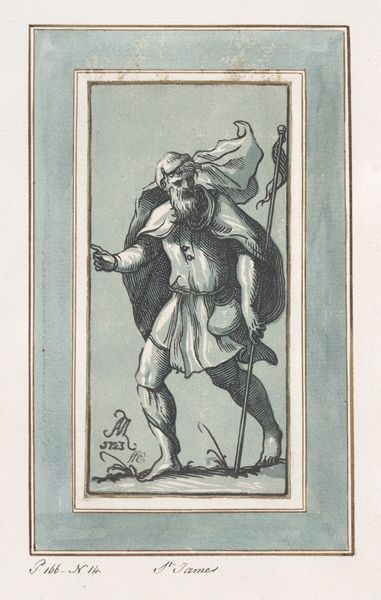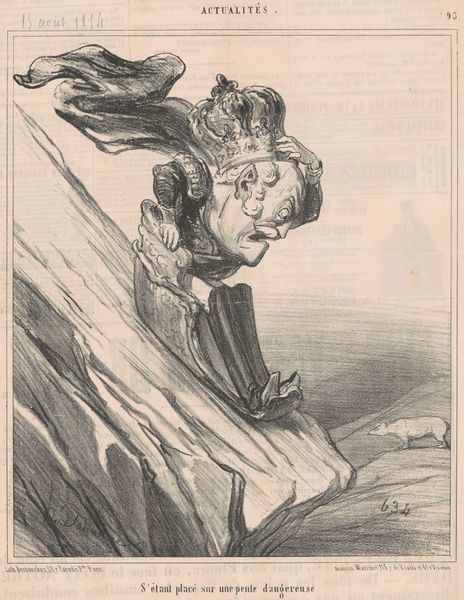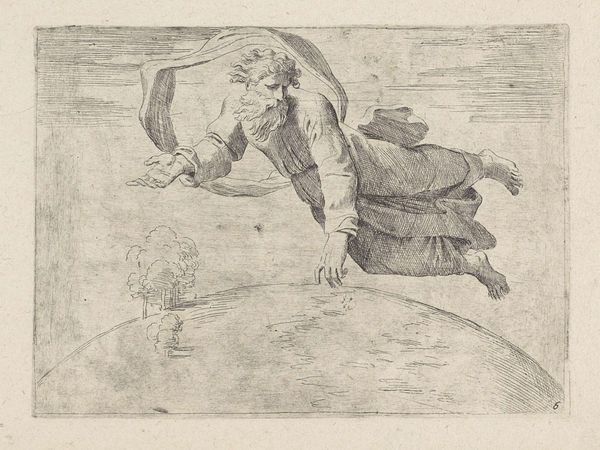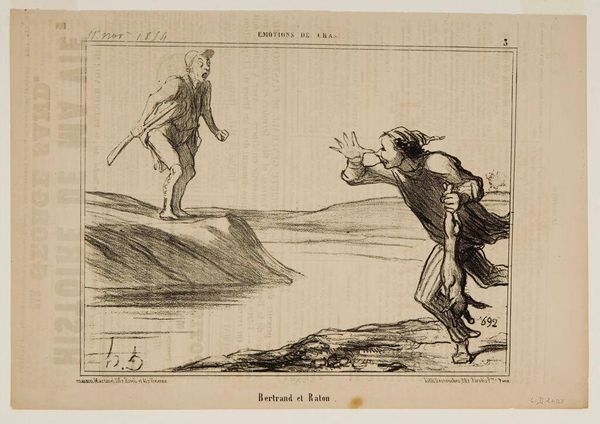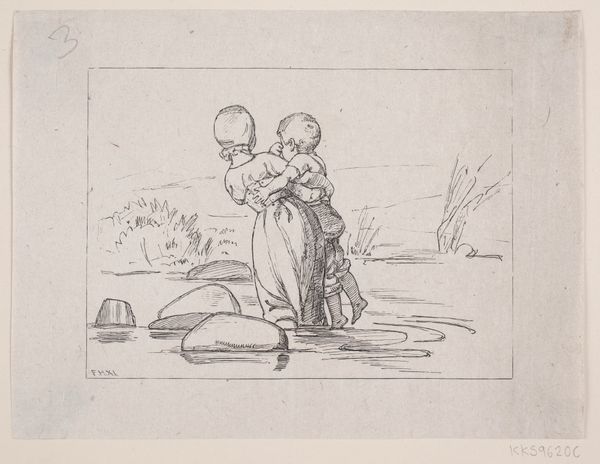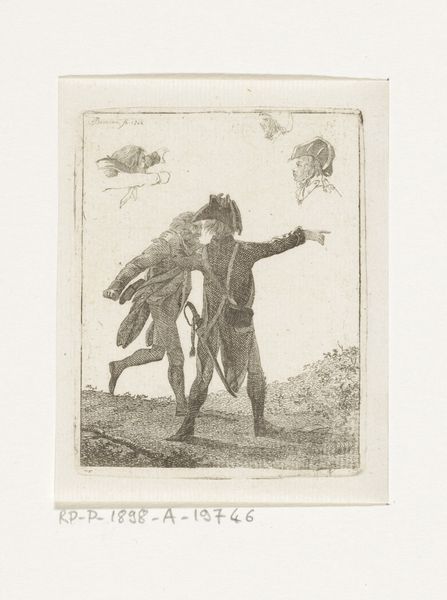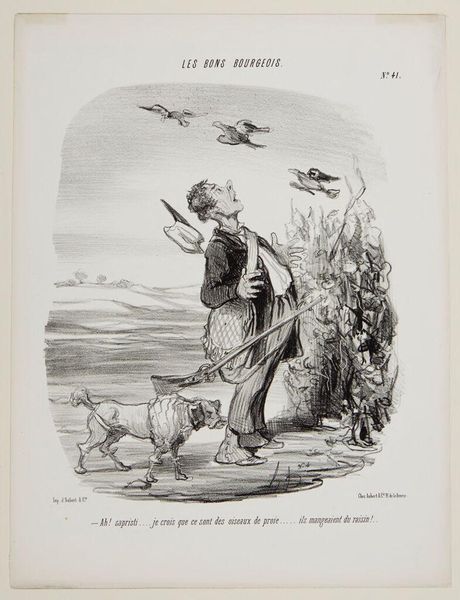
engraving
#
baroque
#
figuration
#
line
#
history-painting
#
engraving
Dimensions: height 144 mm, width 251 mm
Copyright: Rijks Museum: Open Domain
Francesco Villamena made this print, "God scheidt de wateren," in Italy around the year 1600 using engraving. Here we see God in motion, dividing the waters from the land in an act of immense power. During this time, the Catholic Church was a central institution, and images played a crucial role in conveying religious narratives. Villamena's depiction draws on the visual codes of Renaissance art. His God embodies divine authority but also a very human-like form and movement. Italian society was deeply hierarchical, and artists often navigated complex relationships with patrons and religious authorities. They would need access to specialized workshops, tools, and training academies. Studying the history of the printmaking guilds and the economics of the art market helps us understand how artists like Villamena made a living and contributed to the cultural landscape of their time. We see the power of art to shape religious beliefs. The image asks us to reflect on the social and institutional conditions that shaped its creation.
Comments
No comments
Be the first to comment and join the conversation on the ultimate creative platform.

